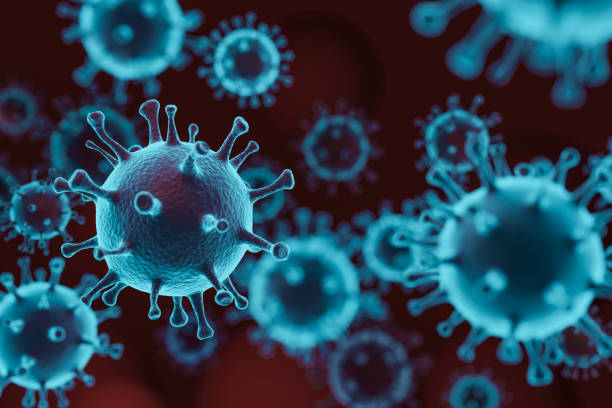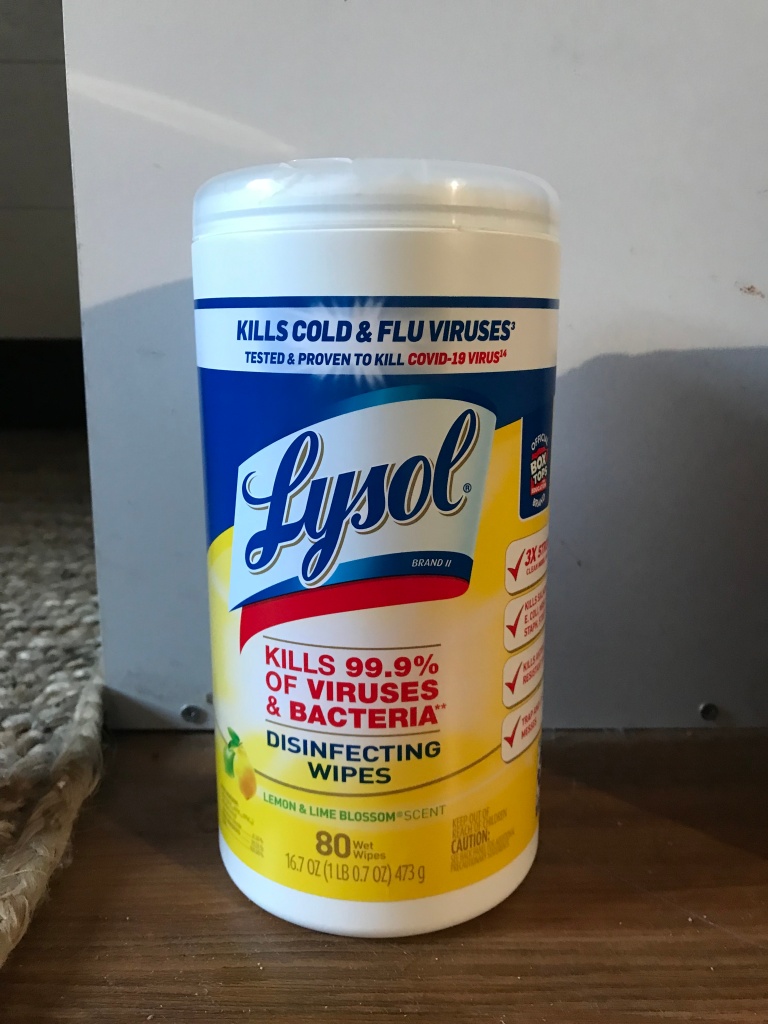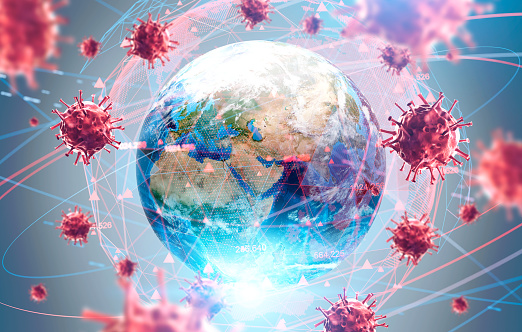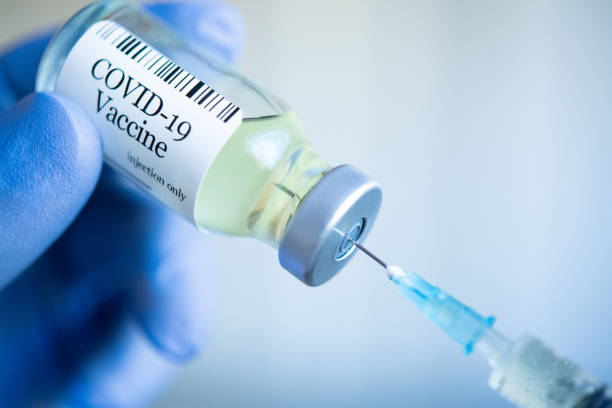Hey, guys! My name is Marilyn. I am a first-year at UNC. I am a nurisng major with my career goal being a travel nurse. In my free time I like to play volleyball, go on hikes, paint, and read. My New Year’s resolution is to read at least one book a month. I am also really into music. I can listen to almost any genre. In my free time, I love making mood specfic playlists. Below are a few pictures of my favorite hobbies!


Photo via Art Camp
Aother thing I am really into is taking pictures with my film camera. Growing up, my parents would take pictures with disposable cameras so all my baby pictures are from film. I love the way film pcitures look so I decided to invest in a reusable film camera (we love a sustaniable queen). As soon as I got it, I just started taking picutres, anything from sunsets to just picures of my friends in a parking lot.

Another thing I love to do is cook. One of my favorite things to cook is Spaghetti a la Carbonara. At first, I used this NYT Cooking recipe to get an idea of what to do. Now I’m used to making it so I try to experiment and add my own twists and ingredients to my liking.

Alzheimer’s Disease and the Microbiome
Alzheimer’s disease as defined by Mayo Clinic is “ a progressive neurologic disorder that causes the brain to shrink (atrophy) and brain cells to die”. About 5.8 million people in the United States have Alzheimer’s disease. Ages with the people being affected by it range from 65 to 85. But there have also been cases of people in their 30s or 40s with early-onset Alzheimer’s (John Hopkins Medicine).
There is no cure for Alzheimer’s disease that we know of there are only treatments and medicines that can delay the effects of Alzheimer’s. But because there is a need for treatment there has been in-depth research trying to figure out the cause of Alzheimer’s disease. A lot of studies have shown that the gut microbiome is a cause of Alzheimer’s disease.
In a scientific journal “Antibiotics, gut microbiota, and Alzheimer’s disease” (2019) written by Francesco Angelucci, Katerina Cechova, Jana Amlerova, and Jakub Hort. They do their research using the hypothesis that “AD may be associated with a dysbiosis of microbes in the intestine”. They go on later in the journal saying how the gut microbiome can affect the brain through the nervous system and through “chemical substance crossing the blood-brain barrier”. They also conduct a study on rodents and the effect of what kind of microbiome is in their gut. As result, they conclude that changes to a healthy gut microbiota can change brain chemistry that can lead to Alzheimer’s disease. As of result of the correlation of the gut microbiome and Alzheimer’s, there are possibilities of a “therapeutic manipulation of the microbiome”.
In an article by Elizabeth Millard “Researchers Confirm Link Between Alzheimer’s and Gut Microbiota” (2020) she uses research from Giovanni Frisoni where she compares amyloid deposits, inflammation markers in the blood, and proteins produced by intestinal bacteria between people with Alzheimer’s disease with others who have no memory issues at all. The results showed that people with Alzheimer’s have a reduced microbial diversity, with the “overrepresentation of certain bacteria”. Giovanni Frisoni states “In this research, our results are indisputable. Certain bacterial products of the intestinal microbiota are correlated with the quality of amyloid plaques in the brain”. In other words, the health of the microbiota does have an effect on the quality of amyloid plaques in the brain. As resulting of knowing the correlation of the microbiome with Alzheimer’s Millard goes on and talks about how you can better your gut health by eating healthy, which can lead to the prevention or delay of Alzeheimer’s.
Refrences
“Alzheimer’s Disease.” Mayo Clinic, Mayo Foundation for Medical Education and Research, 26 June 2021, https://www.mayoclinic.org/diseases-conditions/alzheimers-disease/symptoms-causes/syc-20350447.
Angelucci, Francesco, et al. “Antibiotics, Gut Microbiota, and Alzheimer’s Disease – Journal of Neuroinflammation.” BioMed Central, BioMed Central, 22 May 2019, https://jneuroinflammation.biomedcentral.com/articles/10.1186/s12974-019-1494-4.
“Early-Onset Alzheimer’s Disease.” Johns Hopkins Medicine, https://www.hopkinsmedicine.org/health/conditions-and-diseases/alzheimers-disease/earlyonset-alzheimer-disease.
Millard, Elizabeth. “Researchers Confirm Link between Alzheimer’s and Gut Microbiota.” Verywell Mind, Verywell Mind, 2 Dec. 2020, https://www.verywellmind.com/researchers-confirm-link-between-alzheimers-and-gut-5089156.
COVID-19

On March 13, 2020 the whole world came to a stop. COVID-19 was spreading like a forest fire, and it didn’t seem like it was ever going to end. COVID-19 is a severely contagious disease caused by severe acute respiratory syndrome coronavirus 2 (SARS-CoV-2). There have been various variants of COVID-19 spreading throughout the world. The most famous one’s are Omicron BA.2 and the Delta strand.
The thing that started it all would be SARS-CoV-2 which is also called COVID-19. COVID-19 first emerged in 2019 in Wuhan, China at a “wet market”. It originated in bats making it a zoonosis because it later transmitted to humans. It is transmitted from person-to-person through respiratory droplets. The person transmitting the disease can be symptomatic or asymptomatic. COVID-19 is an RNA virus making it very easy for it to mutate, and it also has viral spike protein making it very contagious. COVID-19 has a long incubation period which can also explain the spread of it. The incubation period enables you to be a carrier and transmitted to other people without having any idea you are. Only about 30% of people with COVID-19 are asymptomatic.
As a result of COVID-19 being a RNA a virus which in turn results in many COVID variants one being Omicron BA.2. It first was identified in late November 2021 in Botswana and South Africa. Currently Omicron is outcompeting Delta, another strain of COVID, because it is easily transmittable. As of now Omicron has about 50 mutations that have not been seen together. The severity of Omicron is lower than all the other variants, it is known to cause more of a mild disease but it can still cause severe disease in certain people. Not much is known about if the vaccine is effective against this variant but the vaccine is needed to prevent new variants from emerging.
Another variant of COVID-19 is the Delta variant. It was first identified late 2020 in India, it spread so fast it became the primary version of COVID until Omicron. It is known that this virus is highly contagious to people unvaccinated and vaccinated. According to Kathy Katella “It has more than a dozen mutations”. Delta is estimated to cause more than twice as many infections than the other variant out there. Delta is also more severe in unvaccinated individuals, unvaccinated people are more likely to be hospitalized if they contract the Delta variant. The vaccine is supposed to be effective against the Delta variant. But it is not 100% effective but effective enough where vaccinated individuals won’t need to be hospitalized.
COVID-19 has a high mutation rate because it is a RNA virus and typically RNA viruses have high mutation rates. There are not only mutations in the actual RNA virus but also to it’s mutations in the spike protein which helps the virus attach to cells faster. Most mutations are happening in high population areas such India, where the Delta variant emerged from. This impacts the ability to infect because countries like India people live closely together therefore having higher rates of infection and allowing it to spread further away. One thing that may be driving the production of mutation is low vaccination rates. According to the study Rates of SARS-CoV-2 transmission and vaccination impact the fate of vaccine-resistant strains states “fast rate of vaccination decreases the probability of emergence of a resistant strain” and as of now according to Our World Data only 64% of the US population is fully vaccinated.
Investigating Cleaning Products

The product I will be talking about it Lysol Disinfecting Wipes. For a pack of two it is $11.29 so about $5.65 for a single one. It’s active ingredients are Alkyl (C14 (50%), C12 (40%), C16 (10%) Dimethyl Benzyl Ammonium Chloride (0.26%) and 99.74% is just other ingredients. This is a very common ingredient in disinfecting products. It can be fatal if consumed orally. Acodding to the Drug Bank it can asthma or respiratory symptoms such as coughing. People can aso be allergic to the active ingredient.
Personally I didn’t know that disinfecting and sanitizing were two different things. For the Lysol Disinfecting Wipes in the back of the container it states “To Sanitize: Allow to remain wet for 10 seconds” and “To Disinfect: Allow to remain wet for 4 minutes” therefore this whole time I was thinking I was disinfecting when in reality I was just sanitizing. When I use the Lysol Bathroom Cleaning I use it as a disinfecting because I usually let in set in my bathroom for 5 minutes.
A lot of people are trying to move away from using harsh chemical as cleaners and are now trying to make their own cleaners. A DIY product I found by Amanda in her blog Old house to New Home she shows how to make a new bathroom cleaners by mixing water and white vinger. White vinger is naturally an antibacterial so its a good way to cut out unnessarily chemicals in cleaning products. There are several drawbacks accroding to NATURAL CLEANING SOLUTIONS DIY Cleaning Products: Vinegar’s Surprising Drawback to making this anitbacterial spray. As a result of using just white vinger and water means it doesn’t kill 99.9% as other cleaning products would. You also have to be careful with the concentration because it can cause damage to the eyes and stomach.
Personally it does not make me uncomfortable using stuff that is not “Brand name” products. If there are the same thing in the product it should not change how the products works because at the end of the day they do same thing just there is no big name brand attached to it.
Antibiotic Resistant

The Lancet released a report Global burden of bacterial antimicrobial resistance in 2019: a systematic analysis. In this report, they talk about how AMR is taking the world by storm because it is rating mortality. AMR is “when changed in bacteria causes the drugs used to treat infections to become less effective”. The mortality rate was calculated and put into two categories. One of the categories is deaths directly caused by AMR and the other deaths associated with AMR. It has been an estimated 4.95 million deaths associated with AMR in 2019 alone. There have been about 1.27 million deaths attributed to AMR. In a Health Data article and on the Lancet reports it stays AMR has more deaths than HIV/AIDS or malaria.
AMR is a threat to everyone no matter what age, but younger kids are more likely to be more at risk. There are six leading pathogens which include “Escherichia coli, followed by Staphylococcus aureus, Klebsiella pneumoniae, Streptococcus pneumoniae, Acinetobacter baumannii, and Pseudomonas aeruginosa” that are the pathogens with the most deaths associated with resistance.
Every region of the world is also affected differently by AMR. In Africa, it’s mostly S.pneumonia and K.pneumonia that are the leading causes of death due to AMR. In high-income countries, the two pathogens causing high rates of death are S.aureus and E.coli. So much is still unknown about the true long-term effects of AMR due to the limited availability of data due to certain parts of the world not don’t save this type of data.
In the Lancet it talks about how low-income countries are more affected according to Dr. Krapp Lopez it’s because “the systems to flag and test for potentially drug-resistant infection are not as robust as in some wealthier countries”. Another main problem why we have superbugs is that people don’t appropriately use their antibiotics or self-medicate because they have quick access to them according to an NPR article. In the Lancet article, they didn’t really talk about the abuse of antibiotics they focused more on the cause of death being due to AMR directly or indirectly.
Staphylococcus aureus is one of the 6 pathogens associated with deaths due to resistance. MRSA according to the CDC is Methicillin-resistant Staphylococcus aureus, it’s a type of bacteria that can be found on the skin. It is commonly found in hospitals. MRSA is dangerous because not only can it cause skin infections but it can also lead to pneumonia and other kinds of infections. If someone has a severe MRSA infection it could cause them to go into sepsis, and because no antibiotic can fight MRSA it can lead to death. Not only are infections such as MRSA affecting people it’s also affecting every level of health care.
Outbreaks

In September of 2021 San Diego county was having an outbreak of Shigella among the homeless community. An outbreak is a group of cases during a brief time interval and affecting a specific population, in this case being homeless people. Shigella is caused by bacteria. It can be found in water. It’s very common in homeless people because they are not very sanitary options when they use the bathrooms.The reservoir for the bacteria was humans specifically the human feces. There were many artciles hightling how this outbreak shows the lack of public restrooms and the effect of not having so many.
The scientist investigating this outbreak came up according to this Fox 5 article with two possible ways people were contracting Shigella. One is fecal-oral transmission, once again homeless shelters, the tents provided for them, and just sleeping on the street is not the most sanitary option, therefore, causing the spread. The second would be men who have sex with men. The most at-risk people in this outbreak were people experiencing homelessness. In most cases of Shigella, it’s young children who are more at risk of developing this illness just a result of them still learning to wash their hands properly.
There was no specific strain of Shigella causing this outbreak. This strain also was not antibiotic-resistant. Everyone who went to the hospital got treated with antibiotics and fully recovered. In the outbreak of 2015, it was completely different, a strain of Shigella sonnei was antibiotic-resistant so they had to use a different antibiotics instead of the usal first line of defense antibiotics.
In December of 2021, there was an outbreak of Salmonella affecting 1,135 people across 48 states. In this case, it was food. Salmonella is caused by bacteria. It was found in eggs and salami was recalled back in the case it was also there. The reservoir was an animal in this case being a chicken. The outbreak was linked to backyard poultry. There is no more at risk population in salmonella in this case, the only people more at risk were people who bought from this specfic backyard poultry. The people more affected by it were kids under 5 and women were more likely to be hospitalized. Two strains were causing Salmonella, Hadar, and Enteritidis. These strains were not antibiotic-resistant therefore, people were making full recovers.
These cases are similar because they both had strains that were not antibiotic-resistant. They are different because in the case of Salmonella two different strains were going around and for Shigella there was only one specific strain. They also had different reservoirs for Shigella the reservoir could be a human, and for Salmonella it was an animal. For Shigella the outbreak stayed in the same place and did not cross state lines in contrast to Salmonella which was found in 48 states.
Vaccination

In 1998, Andrew Wakefield released a study linking the MMR vaccine with autism. The study consisted of 12 children, 11 of which are boys. The ages range from 3-10 years of age. At least three of them weren’t diagnosed with autism. Also, three out of the twelve kids already had symptoms before they came into the study. Wakefield’s control group was the kids without the vaccine. Several subjects came from an organization named Justice Awareness and Basic Support. The reason for his bias is that Wakefield was trying to help the attorney build a lawsuit against vaccine manufacturers. The impact is that parents will stop vaccinating their kids, therefore, leading to outbreaks of diseases that haven’t happened in years resurfacing. The article was available from 1998-2010 so it was up for 12 years before it was taken down.
The study was redone by Malden. They had 537,303 kids but 5,811 were stopped before December 31, 1999, for various health reasons. The control was receiving or not receiving the MMR vaccine. The subject included were diagnosed with autism or on the spectrum. There was no bias, all the subjects were randomly selected. There is no related risk with the MMR vaccine and autism. There is no actual evidence pointing the two are correlated.
I personally believe people should get vaccinated. It is one of the selfless and easy ways to help the people around you who can’t be vaccinated. The only real con can be you have an allergic reaction or just have side effects from the vaccine. I also believe the vaccines will probably be the end of us. If we keep making vaccines and things keep mutating there is going to be a point we can not keep up with the mutations rate creating diseases that will have no cure and become deadly.
New Malaria Vaccine
Malaria is one of the leading causes of death for children under the age of 5. There is a vaccine for malaria Morsquirix which is a recombinant protein-based malaria vaccine. It requires 4 injections and is 56% effective in the first year and only 36% effective over four years. The new malaria vaccine R21 is just a modification of Morsquirix. It has up to a 77% effective rate at preventing malaria. As of right now if confirmed it has met the 75% target of effectiveness set by W.H.O ( World Health Organization). This vaccine has been tested on hundreds of thousands of children in Malawi, Kenya, and Ghana.
The new vaccine has been designed to be more potent and cheaper to produce. The way they are making it more potent is to have including protein secretions at the virus’s sporozoite phase so it can stimulate an antibody response. In this new vaccine, there is a higher concentration of these proteins. The reason it has taken so long to come out with a new and more effective vaccine is due to funding and that malaria has a complex life cycle and it has the ability to mutate key proteins, therefore, generating fresh strains. As of right now, the scientist behind the study wants to make their trial larger. My vaccine is the currency in phase 2 move on phase 3.
The way clinical trials work is that there is four phases
- Number of people includes in trail: 20-100 people
- Time: 1-2 years
- safety
- Number of people: hundreds to thousands
- time : 2-5 years
- safety, dose-range, early efficay
- Number of people: thousands to tens thousands
- Time: > 5 years
- efficacy, additional safety
- Number of people > ten thousands
- long term observation, so therefor there is no time limit